eTrade 2012 Annual Report Download - page 166
Download and view the complete annual report
Please find page 166 of the 2012 eTrade annual report below. You can navigate through the pages in the report by either clicking on the pages listed below, or by using the keyword search tool below to find specific information within the annual report.-
 1
1 -
 2
2 -
 3
3 -
 4
4 -
 5
5 -
 6
6 -
 7
7 -
 8
8 -
 9
9 -
 10
10 -
 11
11 -
 12
12 -
 13
13 -
 14
14 -
 15
15 -
 16
16 -
 17
17 -
 18
18 -
 19
19 -
 20
20 -
 21
21 -
 22
22 -
 23
23 -
 24
24 -
 25
25 -
 26
26 -
 27
27 -
 28
28 -
 29
29 -
 30
30 -
 31
31 -
 32
32 -
 33
33 -
 34
34 -
 35
35 -
 36
36 -
 37
37 -
 38
38 -
 39
39 -
 40
40 -
 41
41 -
 42
42 -
 43
43 -
 44
44 -
 45
45 -
 46
46 -
 47
47 -
 48
48 -
 49
49 -
 50
50 -
 51
51 -
 52
52 -
 53
53 -
 54
54 -
 55
55 -
 56
56 -
 57
57 -
 58
58 -
 59
59 -
 60
60 -
 61
61 -
 62
62 -
 63
63 -
 64
64 -
 65
65 -
 66
66 -
 67
67 -
 68
68 -
 69
69 -
 70
70 -
 71
71 -
 72
72 -
 73
73 -
 74
74 -
 75
75 -
 76
76 -
 77
77 -
 78
78 -
 79
79 -
 80
80 -
 81
81 -
 82
82 -
 83
83 -
 84
84 -
 85
85 -
 86
86 -
 87
87 -
 88
88 -
 89
89 -
 90
90 -
 91
91 -
 92
92 -
 93
93 -
 94
94 -
 95
95 -
 96
96 -
 97
97 -
 98
98 -
 99
99 -
 100
100 -
 101
101 -
 102
102 -
 103
103 -
 104
104 -
 105
105 -
 106
106 -
 107
107 -
 108
108 -
 109
109 -
 110
110 -
 111
111 -
 112
112 -
 113
113 -
 114
114 -
 115
115 -
 116
116 -
 117
117 -
 118
118 -
 119
119 -
 120
120 -
 121
121 -
 122
122 -
 123
123 -
 124
124 -
 125
125 -
 126
126 -
 127
127 -
 128
128 -
 129
129 -
 130
130 -
 131
131 -
 132
132 -
 133
133 -
 134
134 -
 135
135 -
 136
136 -
 137
137 -
 138
138 -
 139
139 -
 140
140 -
 141
141 -
 142
142 -
 143
143 -
 144
144 -
 145
145 -
 146
146 -
 147
147 -
 148
148 -
 149
149 -
 150
150 -
 151
151 -
 152
152 -
 153
153 -
 154
154 -
 155
155 -
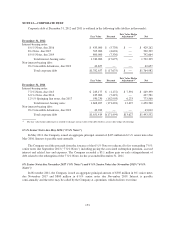 156
156 -
 157
157 -
 158
158 -
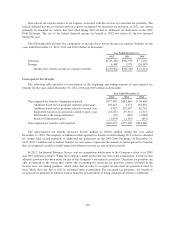 159
159 -
 160
160 -
 161
161 -
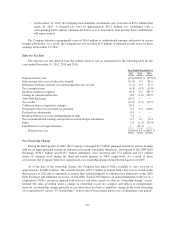 162
162 -
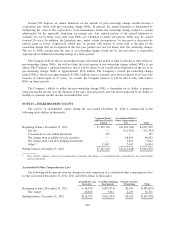 163
163 -
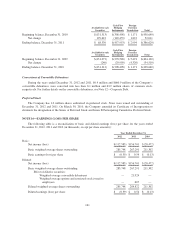 164
164 -
 165
165 -
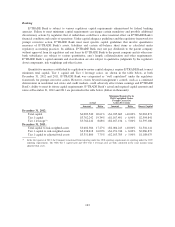 166
166 -
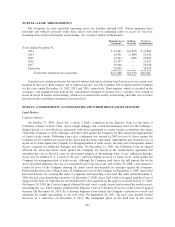 167
167 -
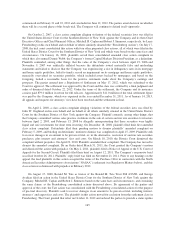 168
168 -
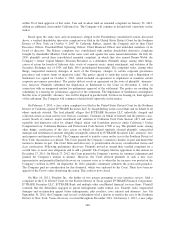 169
169 -
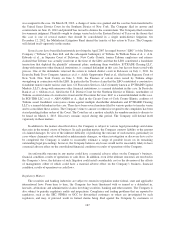 170
170 -
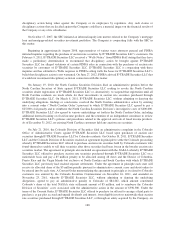 171
171 -
 172
172 -
 173
173 -
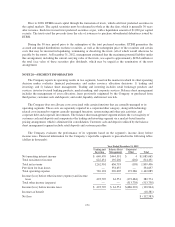 174
174 -
 175
175 -
 176
176 -
 177
177 -
 178
178 -
 179
179 -
 180
180 -
 181
181 -
 182
182 -
 183
183 -
 184
184 -
 185
185 -
 186
186 -
 187
187 -
 188
188 -
 189
189 -
 190
190 -
 191
191 -
 192
192 -
 193
193 -
 194
194 -
 195
195 -
 196
196 -
 197
197 -
 198
198 -
 199
199 -
 200
200 -
 201
201 -
 202
202 -
 203
203 -
 204
204 -
 205
205 -
 206
206 -
 207
207 -
 208
208 -
 209
209 -
 210
210 -
 211
211 -
 212
212 -
 213
213 -
 214
214 -
 215
215 -
 216
216 -
 217
217 -
 218
218 -
 219
219 -
 220
220 -
 221
221 -
 222
222 -
 223
223 -
 224
224 -
 225
225 -
 226
226 -
 227
227 -
 228
228 -
 229
229 -
 230
230 -
 231
231 -
 232
232 -
 233
233 -
 234
234 -
 235
235 -
 236
236 -
 237
237 -
 238
238 -
 239
239 -
 240
240 -
 241
241 -
 242
242 -
 243
243 -
 244
244 -
 245
245 -
 246
246 -
 247
247 -
 248
248 -
 249
249 -
 250
250 -
 251
251 -
 252
252 -
 253
253
 |
 |

Banking
E*TRADE Bank is subject to various regulatory capital requirements administered by federal banking
agencies. Failure to meet minimum capital requirements can trigger certain mandatory and possibly additional
discretionary actions by regulators that, if undertaken, could have a direct material effect on E*TRADE Bank’s
financial condition and results of operations. Under capital adequacy guidelines and the regulatory framework for
prompt corrective action, E*TRADE Bank must meet specific capital guidelines that involve quantitative
measures of E*TRADE Bank’s assets, liabilities and certain off-balance sheet items as calculated under
regulatory accounting practices. In addition, E*TRADE Bank may not pay dividends to the parent company
without approval from its regulators and any loans by E*TRADE Bank to the parent company and its other non-
bank subsidiaries are subject to various quantitative, arm’s length, collateralization and other requirements.
E*TRADE Bank’s capital amounts and classification are also subject to qualitative judgments by the regulators
about components, risk weightings and other factors.
Quantitative measures established by regulation to ensure capital adequacy require E*TRADE Bank to meet
minimum total capital, Tier 1 capital and Tier 1 leverage ratios. As shown in the table below, at both
December 31, 2012 and 2011, E*TRADE Bank was categorized as “well capitalized” under the regulatory
framework for prompt corrective action. However, events beyond management’s control, such as a continued
deterioration in residential real estate and credit markets, could adversely affect future earnings and E*TRADE
Bank’s ability to meet its future capital requirements. E*TRADE Bank’s actual and required capital amounts and
ratios at December 31, 2012 and 2011 are presented in the table below (dollars in thousands):
Actual
Minimum Required to be
Well Capitalized Under
Prompt Corrective
Action Provisions
Amount Ratio Amount Ratio Excess Capital
December 31, 2012:
Total capital $4,009,540 20.61% >$1,945,669 >10.00% $2,063,871
Tier 1 capital $3,762,242 19.34% >$1,167,401 > 6.00% $2,594,841
Tier 1 leverage(1) $3,762,242 8.68% >$2,167,136 > 5.00% $1,595,106
December 31, 2011:
Total capital to risk-weighted assets $3,602,384 17.27% >$2,086,243 >10.00% $1,516,141
Tier 1 capital to risk-weighted assets $3,338,618 16.00% >$1,251,746 > 6.00% $2,086,872
Tier 1 capital to adjusted total assets $3,351,860 7.75% >$2,163,785 > 5.00% $1,188,075
(1) In the first quarter of 2012, the Company transitioned from reporting under the OTS reporting requirements to reporting under the OCC
reporting requirements. The OTS Tier 1 capital ratio and OCC Tier 1 leverage ratio are both calculated in the same manner using
adjusted total assets.
163
